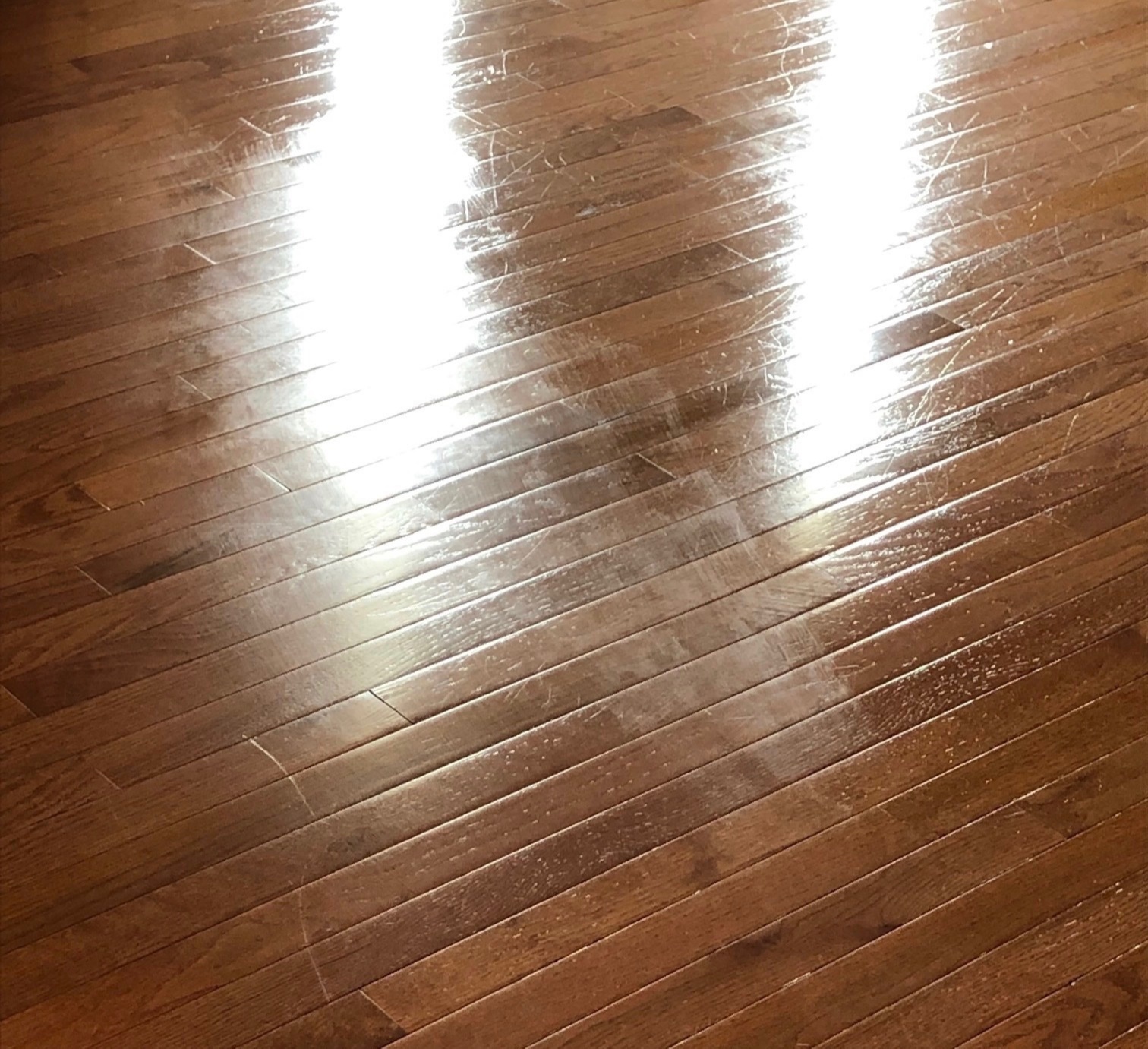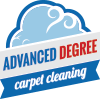
Maintaining Wood Floors: Top 5 Mistakes
Our customers often ask us what they should do to maintain their wood floors between the deep cleanings we provide. As it turns out, there are a lot of decent answers to that question, and it's actually more important to know what NOT to do. Here are the top 5 mistakes people make that can actually harm their floors.
First, for the love of all that is good in the world, don’t apply an acrylic floor polish or wax. These products don’t bond with the existing finish – they sit on top of it, and as such, create a number of problems. First, any soil that isn’t cleaned off of the floor becomes trapped under the acrylic or wax and remains visible (this may be a great look for insects in a museum, but not for your floors!). Acrylic polishes and waxes are also soft, and as such, they scuff and scratch easily, but an even bigger problem is that their softness makes them subtly tacky – a bit like the confessionals on The Bachelor or The Bachelorette. But unlike those confessionals, this tackiness isn’t fun to watch. It tends to hold onto soil, which makes your floor appear dirty faster. And once that soil gets into the acrylic or wax, you really can’t clean it out. Many cleaning products will cause a haze in the coating, which makes things look even worse. The only option left is to strip the acrylic or wax from the floor. This can be done, but it’s labor intensive and time consuming – not how you want to spend your Saturday!
Second, don’t mop with a lot of water as you would a tile floor. Depending on whether your floors are hardwood, engineered or laminate, and whether they were site or factory finished, you have a different level of water risk, but if water gets into the core of the plank, your floor can warp or cup. It’s best to use dry mops that use static electricity to pick up soil, or a very mildly wet mop.
Third, many people clean with distilled white vinegar. This is seen as a catch all home remedy for lots of cleaning, but it’s not a good choice for wood floors. Most soiling is acidic and is properly neutralized by alkaline substances. Distilled white vinegar is mildly acidic, so it doesn’t help dissolve most soils, and its acetic acid can slowly erode your existing finish.
Fourth, while it’s great to vacuum your floors, but don’t use the wrong type of vacuum or attachments. Steer clear of any machines or attachments that have beater bars or stiff bristles as these can scratch the finish itself. It’s best to use a wand style vacuum with a soft brush head attachment.
Fifth, despite all these warnings, don’t neglect regular maintenance. This should include routine sweeping or vacuuming (with an appropriate tool), occasional cleaning with an oil soap or non-abrasive wood floor cleaner, and every 12 – 18 months, having Advanced Degree Carpet Cleaning perform a deep, extractive cleaning to remove all embedded soil and to restore the warm, robust look you expect from your wood floors.
If you’d like to find out more about our wood floor deep cleaning and preservation finishing, or about any other service we provide, please call us at 302-945-0100.

 CALL TODAY: 302-945-0100
CALL TODAY: 302-945-0100